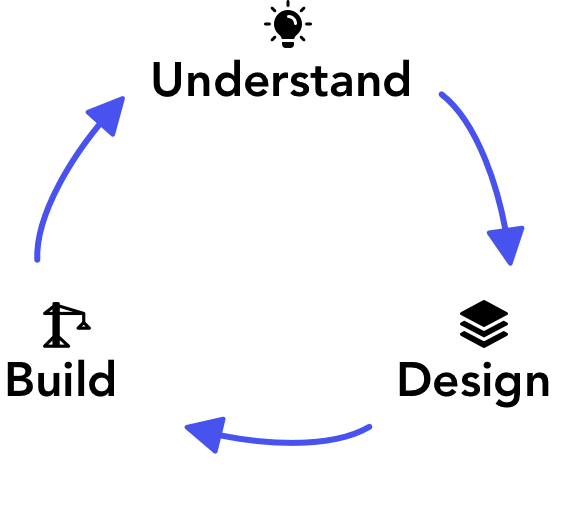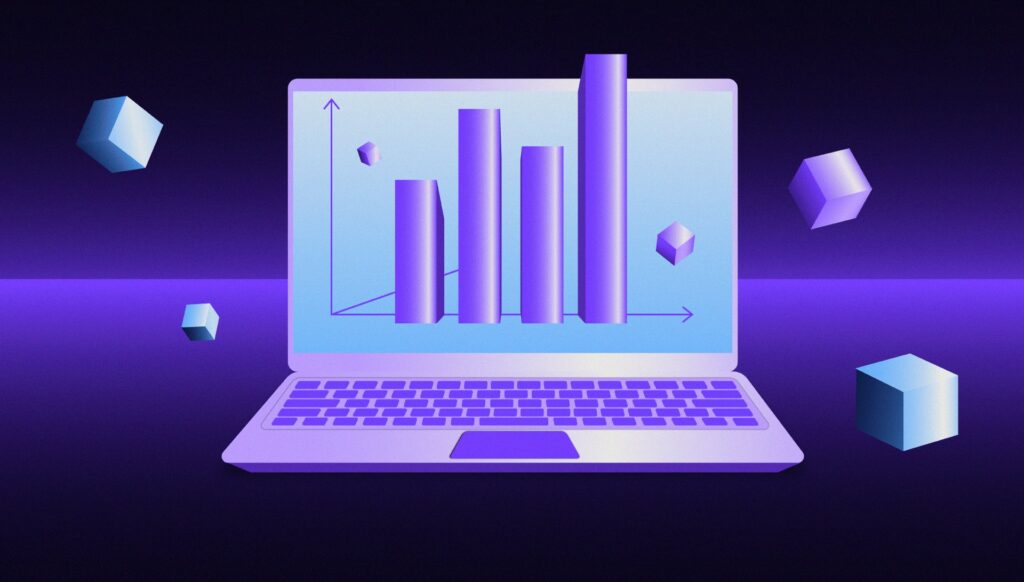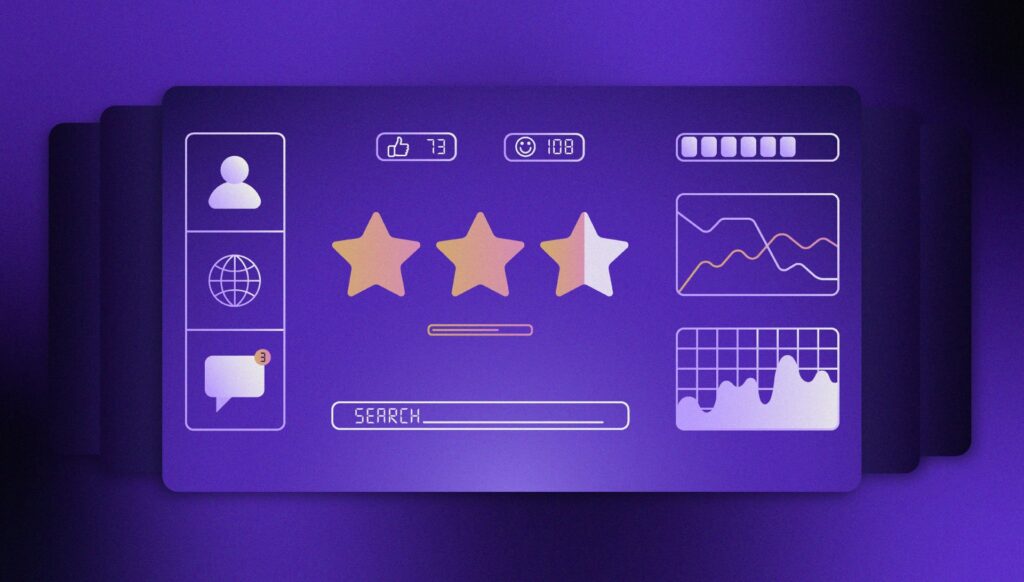Enterprise Engineering and How it Can Help Simplify the Tech Ecosystem for Enterprises
- Technology
Everyday life is like programming, I guess. If you love something you can put beauty into it. – ACM Turing Award recipient Donald Knuth
Why are enterprises across sectors adopting enterprise engineering?
Globalization has transformed enterprises into complex, multi-unit entities with scattered departments and groups – each with their own specific needs and tools.
An array of enterprise solutions has sprung up to address the “tool and technology” needs of enterprises, creating applications and products for point solutions that get embedded into the enterprise tech ecosystem.
As the enterprise grows, so do product extensions to address existing (and future) needs. Many enterprises also acquire (or build) new products and integrate them into their existing product portfolios.
With so many products, more effort is required for building, integrating, supporting, and maintaining them, especially given the numerous and diverse technologies these products incorporate.
Efficiently managing this maze of technologies, tools, feature-requests, and technical debt is a massive task.
Enterprises are now turning to enterprise engineering in an effort to simplify this landscape.
What is enterprise engineering?
Enterprise engineering focuses on simplifying the enterprise product portfolio, to identify redundancies, eliminate waste, and maximize value from technology. By introducing core elements of enterprise engineering early in the lifecycle, it enables better deployment of engineering bandwidth while still addressing the core needs of modern enterprises.
Enterprise Engineering, with design thinking, helps organizations execute their vision through design-driven digital solutions.
Enterprise engineering relies heavily on product design and focuses on identifying common threads driven by the needs of enterprise users. It shines a light on everything from workflows and features to usability and analytics.
Using concepts such as lean software development, automation, cloud, security, and data science and AI, enterprise engineering aims to fuse digital strategy and experience design into creating better aligned digital products. The goal is to transform product development efficiency and provide the enterprise end-users with delightful experiences.
Once the solution has been executed, enterprise engineering also works towards institutionalizing the benefits through constant reinvention and rationalization.
The key question is, how to get this practice right?
We believe that we have a unique perspective here based on a mix of experiences. As a team of experts in digital product design and delivery, we have partnered with many enterprises and helped them develop their products and build out their portfolios. We have also developed a few products of our own for specific situations.
Here’s how we approach enterprise engineering based on that varied experience.
Our approach to enterprise engineering
Build a strategic view of the enterprise and include components of human and culture development. We understand that enterprise engineering is not just about technology; it is as much about people. Therefore, we aim to invest in modern technology development to meet the goals and the strategic vision of our enterprise customers.
Carry out strategic planning by gathering information and identifying weaknesses, threats, and opportunities. We then use this data for building unique enterprise engineering products that align with the vision of our enterprise customers. We also help them align and optimize their enterprise product portfolio through carefully considered discovery, design, and architecture planning stages
Think about the technology likely to play a role in developing the products as it impacts the strategic vision of our enterprise customers. We zero in on enterprise architecture design as well as engineering processes. This includes looking at the frameworks and procedures we would need to use to improve the digital experience for our enterprise customers and the end-users.
Measure the performance of the products being built by defining objectives and quantifying the nuances of all the aspects the product touches. We then ascertain how we can improve the system in the future. We define the vectors for improvements for the given system and present metrics around the system performance.
Evolve the products to extend the functionality and enable easy maintenance through their lifecycle. To enable constant evolution, we ensure we have a solid base from the design point of view. Baking evolution into the process helps us in improving quality and value.
How does this work?
Let’s look at an example in the banking domain.
We are providing technology services for one of the biggest private banks in Switzerland with several legacy systems and applications that were outdated.
With understanding and processes from Enterprise Engineering and Design Thinking, we defined a way forward through a technical rewrite to newer cutting-edge frameworks.
We used modern solutions, architecture design, and frameworks to carry out design and engineering renovation in three stages:
Understand existing solutions
Design the new architecture
Build teams to implement the solutions

The end result is a streamlined process, elevated customer experience, and more modern product infrastructure.
As the enterprise tech stack gets increasingly complex and difficult to maintain, embracing enterprise engineering is necessary to make technology more manageable for enterprises.
So, it boils down to making the applications modern so they deliver a much better experience to users, while also looking at reducing the complexity so they become easier to maintain and upgrade. That’s the essence of Enterprise Engineering.


